At this time of year there is an abundance of new life emerging after winter. Colourful plants, baby animals and singing birds are all out and about.
So make the most of your daily exercise by getting outside and seeing what you can spot. We’ve listed some common spring sights to help you look for nature in your local area, whether rural or urban.
Spring blooms
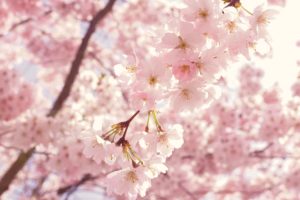
Some of the easiest things to spot are the spring blooms. There’s pink cherry and white apple blossom in the trees and snowdrops, daffodils, bluebells and tonnes of other flowers on the ground. All are stunning and bring vibrance to the city and the countryside. If you notice an unusual smell this time of year, it could be wild garlic, its long green leaves and white flowers sprout in large patches within woodlands and bring a distinctively strong odour. If you can catch it before it blooms, you can pick the leaves and use them to make delicious wild garlic pesto.
Hibernation over
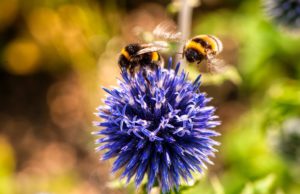
At this time of year, many animals are just coming out of hibernation. Many of these creatures are especially elusive and like quiet places. If you are lucky, you might see hedgehogs, dormice, bats and frogs who have emerged from their over-winter sleep. Even bumblebees hibernate, they make a small burrow in loose soil in banks or sometimes flowerpots. If you find a hibernating bee try to cover it back over and leave it alone until it’s ready. Once out of hibernation queen bees will make nests and do not live in hives like the honeybee. If you want to conserve bumblebees, which provide essential pollination services, you can do so by making an appropriate nesting area.
Singing birds
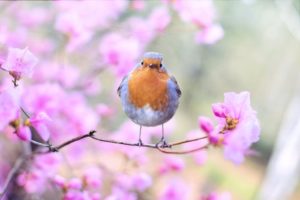
Have you heard the singing birds this spring? It’s the bird breeding season so the males are out on their perches singing for the attention of the girls. Songbirds, or passerines, like bluetits, wrens, warblers and robins all start to sing at this time of year. If you live in a town or city, keep an ear out for the twittering song of local house martins, which are around between March and October. Their nests are noticeably unique as they create mud cups under the eaves of houses. They can also be seen regularly attending to the chicks inside.
New-born animals
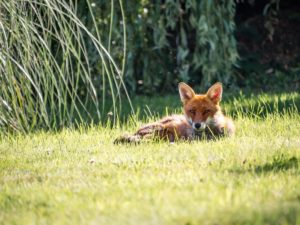
There are many new-born animals around at the moment too. The Easter rabbit might have come and gone but there are lots of little bunnies starting to appear in grassy areas. You may have also heard the distinct screeching call of your neighbourhood fox, an animal that has notoriously made itself at home in urban environments. Adult foxes take advantage of their surroundings and carry home dog toys and balls for their cubs to play with. Most cubs start leaving the den when they are 8-9 weeks old. At this point they are reasonably brave and may be seen playing and exploring the world.
Invertebrates
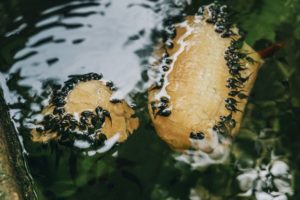
Many unusual invertebrates also start to make an appearance as the weather warms up. As well as the well-known wasps and bees, insects like beetles and butterflies start to come out. The red admiral butterfly is common in gardens and has a distinct red and black wing pattern that is easy to spot. If you live near to a water body, now is the time to head down to see if you can see frogspawn.
Both frogs and toads lay huge amounts of spawn from January onwards. It is easy to tell which type of spawn it is. Frogs lay large clumps while toads produce strings. Tadpoles will begin to hatch about three weeks after they were laid, so keep checking in to see them emerge!
This is a brilliant time of year to get out and enjoy nature. Let us know which spring sights you’ve already spotted!
We’ve written before about how being outdoors can help us maintain a positive mental attitude at times of stress.
I WILL BE ETERNALLY GRATEFUL. AMANDA MAKES YOU FEEL LIKE YOU ARE HER ONLY CLIENT AND HOLDS YOUR HAND TO GUIDE YOU THROUGH














